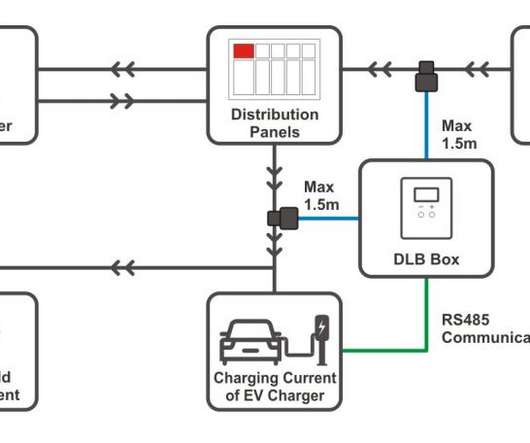GWU team demonstrates highly scalable, low-cost process for making carbon nanotube wools directly from CO2
Green Car Congress
JULY 19, 2017
This synthesis consumes only CO 2 and electricity, and is constrained only by the cost of electricity. unusually high electrical conductivity and Raman spectra of these materials demonstrated in the linked Data in Brief paper are that of multi-walled carbon nanotubes, and are due to the morphology as demonstrated by TEM.





































Let's personalize your content